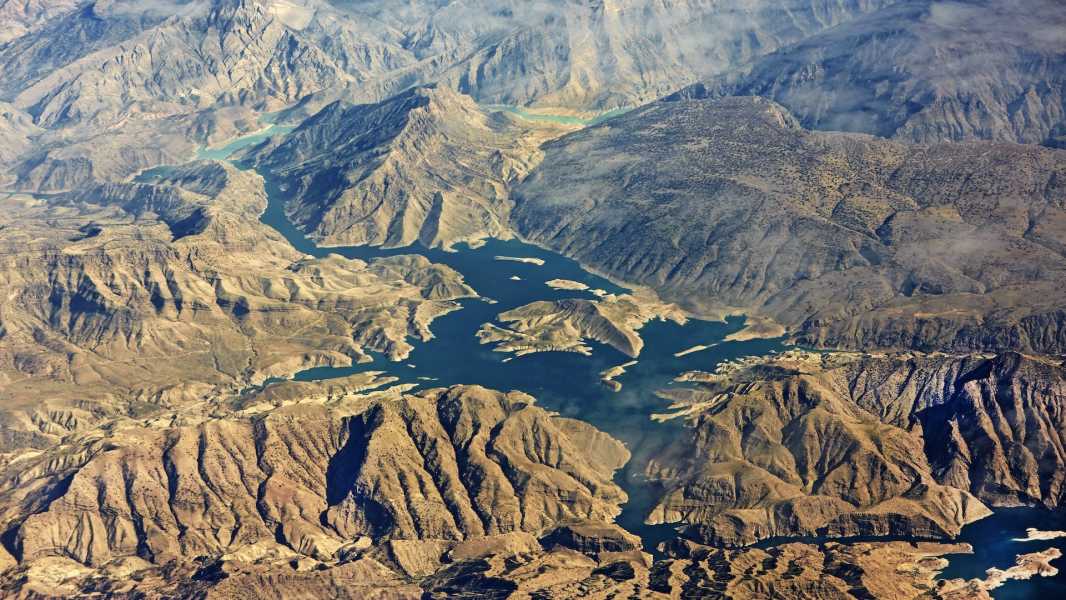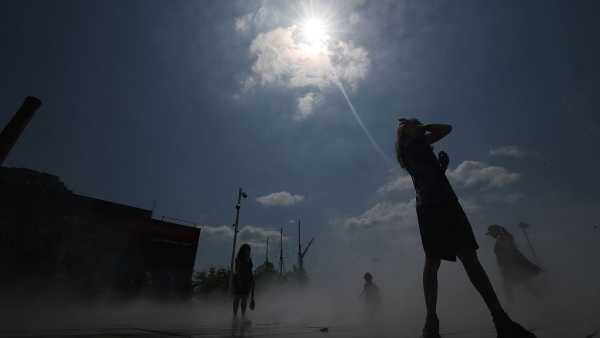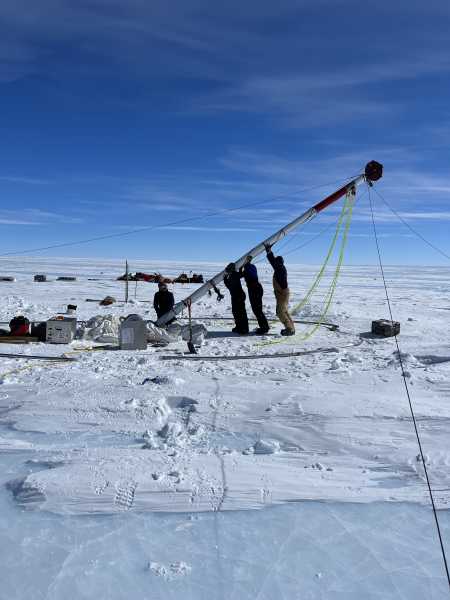
A panorama of the Zagros Mountains in Iran, where an oceanic plate is being torn apart. (Image credit: Allan Baxter via Getty Images)
Scientists say a long-lost oceanic plate is penetrating deep into the mantle, pulling down on the crust above. But the plate is also ripping under the Zagros Mountains in Iraq, sinking and relieving the stress on the upper crust.
According to new research, the rupture has probably already occurred on the western side of the mountain range where Iraqi Kurdistan borders Turkey. The rupture is now moving into northwestern Iran.
These dynamics aren't always visible at the surface, but they demonstrate how the mantle and crust interact to shape Earth's landscape, the researchers report in a new study published November 25, 2024, in the journal Solid Earth.
The oceanic plate once served as the seafloor of the Neotethys, an ocean created when the supercontinent Pangaea broke apart into the northern continent of Laurasia and the southern continent of Gondwana about 195 million years ago. Although the Neotethys closed more than 20 million years ago, the oceanic crust that supported it continues to exert influence on the Zagros Mountains, a new study has found.
“This plate is pulling the region down from the inside,” said study author Renas Košnava, a geologist at the University of Göttingen in Germany.
When the Neo-Tethys closed, oceanic crust was pushed under the Eurasian continent. The continental portion of the Arabian Plate, which supports modern-day Iraq and Saudi Arabia, was pulled back, causing it to collide with Eurasia. This collision caused mountains to form, which pushed against the surrounding crust, creating a trench.
These mountains were eventually eroded to form a basin, and their deposits became the basis of the Mesopotamian Plain, where the Tigris and Euphrates rivers flow.
Koschnau and his team noticed that the southeastern side of the plain had an unusually thick layer of sediment, reaching depths of 1.9 to 2.5 miles (3 to 4 kilometers). They mapped the region and used computer modeling to find that the weight of the mountains alone couldn’t explain the deep depression. Instead, they found that the area was being pulled down by the remnants of the Neotethys oceanic plate, which was still penetrating the mantle. But the plate was also being pulled apart as it sank.
“Closer to Turkey, the sediment-filled basin becomes much shallower, indicating that the plate has split in this area, weakening the downward force of gravity,” Koshnav commented.
Understanding these dynamics could help find natural resources such as iron, phosphate and copper, which form in sedimentary rocks, the researchers say. The faults caused by the collision of the Arabian and Eurasian plates also cause large, destructive earthquakes.
Test your knowledge of the layers of the Earth

Stephanie PappasNavigate Social LinksLive Science Contributor
Stephanie Pappas is a freelance writer for Live Science, covering topics ranging from geoscience to archaeology to the human brain and behavior. Formerly a senior writer for Live Science, she now works as a freelance writer in Denver, Colorado, and regularly contributes to Scientific American and The Monitor, a monthly
Sourse: www.livescience.com





